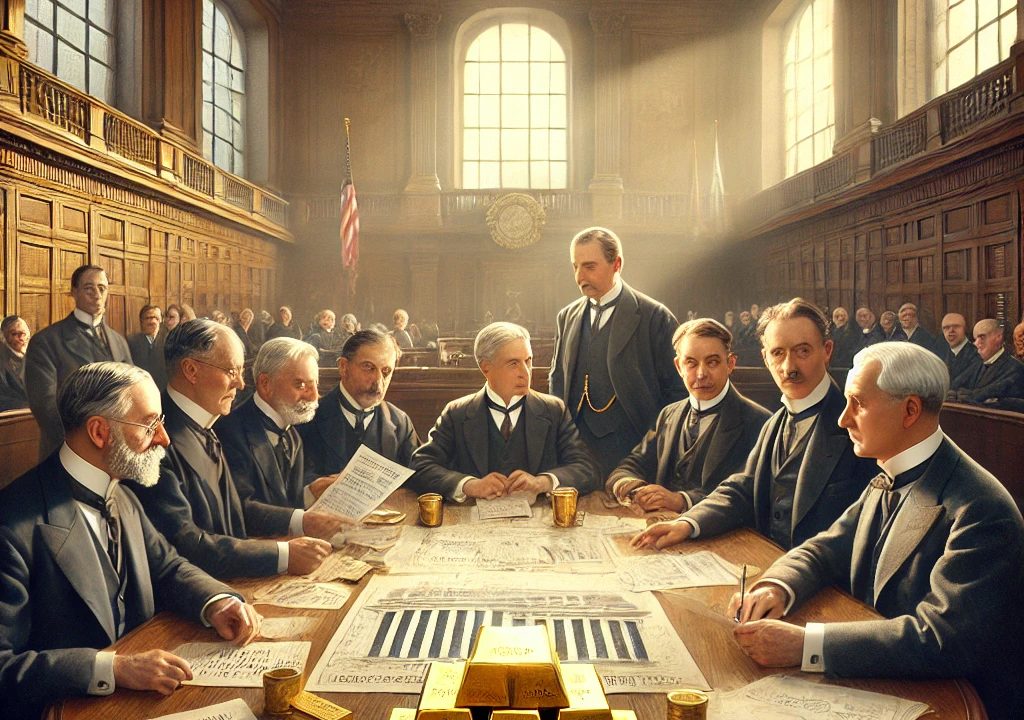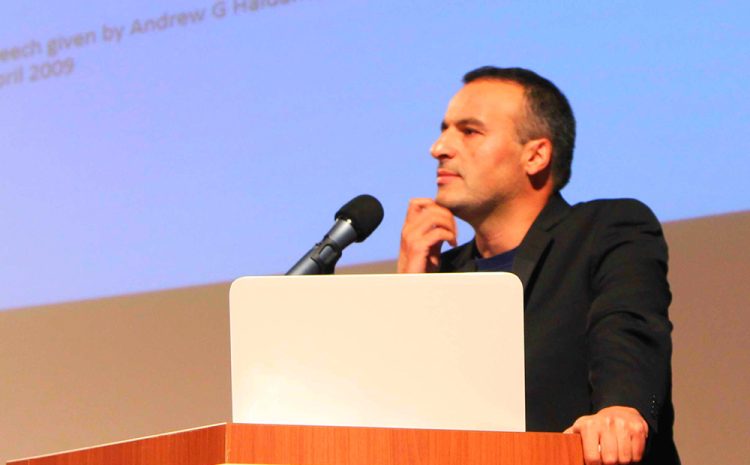
The Birth of the Federal Reserve and the Global Central Bankers: A Tale of Cooperation and Conflict in Early 20th Century Finance
Farhad Reyazat – PhD in Risk Management , Biography
This title reflects both the establishment of the Federal Reserve and the broader international dynamics involving key central bankers from the UK, Germany, and France, whose actions shaped the global financial landscape during that period.
In the years leading up to and following the creation of the Federal Reserve, the central bankers of the United Kingdom, Germany, and France played crucial roles in shaping the global financial landscape. Their actions, philosophies, and policies directly influenced the U.S. as it designed its central banking system and navigated international economic challenges in the early 20th century. These central bankers, representing the world’s major financial powers, were instrumental in the economic coordination—and, at times, the lack of coordination—that defined the period.
Montagu Norman – Bank of England (UK)
Montagu Norman, Governor of the Bank of England from 1920 to 1944, was one of the most influential central bankers of his time. His vision of economic stability hinged on restoring the international gold standard, which he believed was vital to ensuring the balance of global financial systems. Norman had a close, almost mysterious, working relationship with the Federal Reserve, particularly Benjamin Strong, the head of the Federal Reserve Bank of New York. Their friendship and collaboration were vital in creating a cooperative international monetary system. Norman’s advocacy for maintaining the gold standard influenced the Federal Reserve’s policies, particularly in the 1920s, when both the U.S. and Britain worked to stabilize their currencies.
However, Norman’s strict adherence to the gold standard also contributed to deflationary pressures during the Great Depression. His reluctance to deviate from this policy and the Federal Reserve’s hesitation worsened the global economic collapse. Despite this, Norman remained a central figure in international finance, engaging in efforts to foster cooperation between the Bank of England and the Federal Reserve during times of crisis.
Hjalmar Schacht – Reichsbank (Germany)
Hjalmar Schacht, who served as the President of the Reichsbank in Germany during critical periods in the 1920s and 1930s, was another prominent figure in global finance. Schacht was instrumental in stabilizing the German economy after the hyperinflation of the early 1920s. He helped design the Dawes Plan in 1924, a system to restructure Germany’s war reparations following World War I, which was crucial in stabilizing European markets.
Schacht worked closely with international bankers, including the Federal Reserve, to negotiate loans to keep the German economy afloat. His policies emphasized monetary discipline, but his aggressive stance on reparations payments often clashed with other European powers. Schacht’s efforts to restore Germany’s economy, combined with his work on the Young Plan (a successor to the Dawes Plan), were pivotal in maintaining stability in Europe.
Despite these accomplishments, the global economic collapse in the late 1920s, triggered by the U.S. stock market crash and exacerbated by the Fed’s tightening monetary policy, deeply affected Germany. Schacht’s policies, aligned with maintaining financial order, couldn’t entirely prevent Germany’s growing economic and political chaos, which eventually paved the way for more extreme leadership.
Émile Moreau – Banque de France (France)
Émile Moreau, Governor of the Banque de France from 1926 to 1930, was a staunch defender of French financial independence. He held a somewhat antagonistic view toward the influence of Britain and the United States on European monetary affairs, especially regarding the gold standard and international loans. Unlike Montagu Norman and the Federal Reserve, Moreau believed France should prioritize its financial interests over international coordination.
Under Moreau, the Banque de France accumulated vast reserves of gold, which put it in a strong position but also led to tensions with other central banks. Moreau resented the dominance of the British and American banks in international finance, and he felt that their policies, especially those tied to the gold standard, disproportionately benefited their economies at the expense of countries like France. This approach made France a significant player in the global gold markets, and the French accumulation of gold reserves was partly blamed for destabilizing the gold standard in the late 1920s.
Moreau’s policies and antagonistic stance toward other central bankers often created friction in international economic circles. While he managed to safeguard French economic interests for a time, his reluctance to cooperate fully with other central banks highlighted the tensions that undercut global financial stability during the period.
The Impact of International Central Bankers on the U.S. Federal Reserve
The interactions between these central bankers—Montagu Norman, Hjalmar Schacht, and Émile Moreau—played a significant role in shaping the U.S. Federal Reserve’s environment. Norman’s close relationship with Benjamin Strong helped solidify U.S.-UK financial coordination, particularly in the 1920s. Strong’s policies at the New York Fed, heavily influenced by Norman, were focused on maintaining stability within the international gold standard.
However, as global economic conditions deteriorated in the late 1920s, the tension between the policies of these central banks—Norman’s rigid adherence to the gold standard, Schacht’s aggressive reparations stance, and Moreau’s gold accumulation—exacerbated the financial difficulties. The Federal Reserve’s decision to raise interest rates in 1928 to curb stock market speculation indirectly worsened economic conditions abroad, contributing to the collapse of the global economy during the Great Depression.
In the end, the actions of these central bankers—each driven by their national interests—demonstrated the challenges of coordinating international monetary policy in an increasingly interconnected world. Their decisions profoundly impacted the global financial system, influencing the rise and fall of the post-World War I economic order. The Federal Reserve, as the newest central bank in this group, found itself navigating a complex international financial landscape shaped by the decisions of these European central bankers.






No Comments